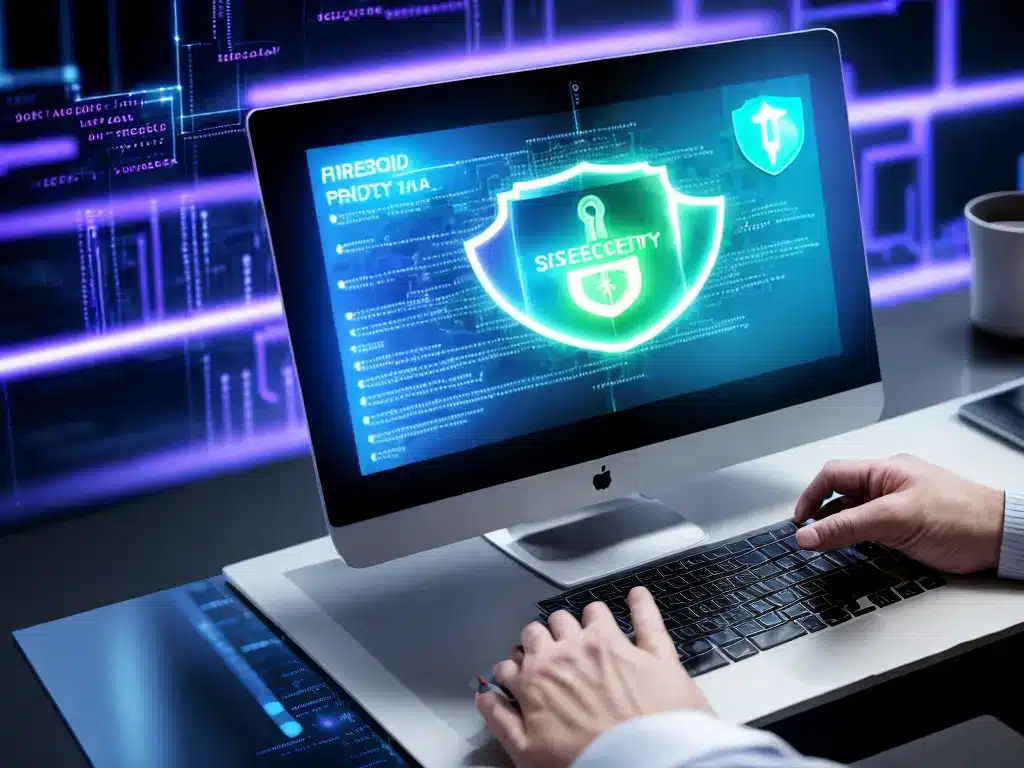Data is one of the most valuable assets for any organization today. As a CISO, you are responsible for ensuring the security of this critical asset from both internal and external threats. Here are 5 key data security priorities that every CISO must focus on:
1. Implement Strong Access Controls
Controlling access to data is fundamental for security. As a CISO, I should:
- Enforce least privilege access – Employees should only have access to the data they absolutely need for their roles.
- Implement role-based access controls – Access should be granted based on roles and responsibilities.
- Regularly review user access – Remove access when no longer needed to prevent unauthorized use.
- Enable multi-factor authentication – Adds another layer of security beyond just passwords.
- Monitor access logs – Detect anomalous access attempts and patterns.
2. Protect Data In Motion and At Rest
I need to ensure data is secured whether it is being transmitted or stored:
- Encrypt data in transit – Use HTTPS, SSL/TLS certificates to protect data as it travels.
- Encrypt data at rest – Leverage disk and file encryption for data storage and databases.
- Tokenize sensitive data – Replace PII and financial data with tokens to devalue it.
3. Implement Data Loss Prevention
Preventing unauthorized sharing and leaks of sensitive data is critical. I should:
- Deploy DLP solutions – Monitor and block potential data exfiltration channels.
- Classify data by sensitivity – Mark confidential data for extra protection.
- Train employees – Educate on proper data handling procedures.
- Monitor user activities – Detect abnormal behavior such as mass downloads.
4. Ensure Proper Data Disposal
I must guarantee data is securely destroyed when no longer needed:
- Shred documents and wipe storage media – Use proper destruction methods before disposal.
- Remove data from decommissioned systems – Don’t leave data behind on old devices.
- Have formal procedures for data retention – Ensure data is only kept for mandated time periods.
- Destroy encrypted data keys – Render encrypted data useless by destroying keys.
5. Prepare for Incident Response
Being ready to respond to data breaches and leaks is essential. I need to:
- Have an incident response plan – Document procedures and contacts for security events.
- Establish data breach notification policy – Notify customers and authorities as per regulations.
- Test incident response capabilities – Conduct simulations to assess readiness.
- Have data backup and recovery – Recover from ransomware and destructive attacks.
- Work with forensics – Analyze data breaches to determine root causes.
By focusing on these priorities, I can build a robust data security program that reduces risk and protects my organization’s critical information assets. Implementing the right controls, processes, and capabilities is key to success as a CISO.












